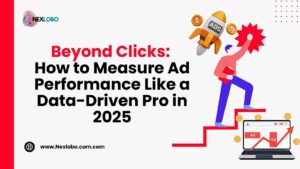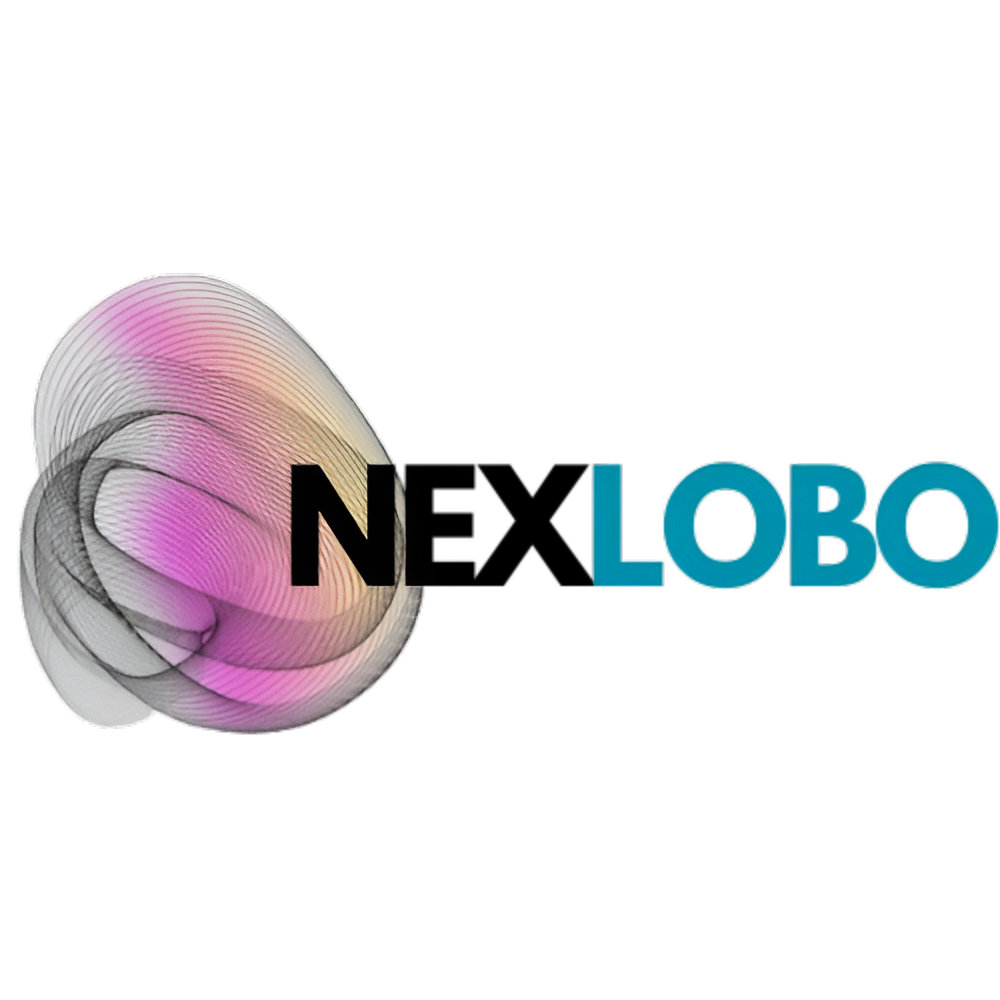Beyond Clicks: How to Measure Ad Performance Like a Data-Driven Pro in 2025

Introduction: Why “Measure Ad Performance” Means More Than Numbers
Back in 2018, when I first began running digital ad campaigns for small brands, I made the same mistake many marketers still do — obsessing over clicks and impressions. Sure, those metrics looked good on reports, but they didn’t tell the real story. That changed when I started exploring advanced methods to measure ad performance — tracking engagement, customer intent, and post-click actions.
If you’re still only measuring clicks, you’re missing valuable data about user behavior and ROI. In this article, I’ll share how modern marketers — including myself — use predictive segmentation, AI personalization, and automated customer targeting to see the true value of every campaign.
(For more strategies on building a full-funnel digital plan, check out this detailed guide on integrating SEO and paid advertising.)
The Evolution of Measuring Ad Success
Traditional digital metrics like CTR and CPM only scratch the surface. Modern advertisers now measure ad performance using a blend of quantitative and qualitative insights — things like session duration, conversion value, and audience engagement rate.
From my experience managing e-commerce campaigns, I’ve seen how tools powered by AI personalization provide much deeper visibility. Instead of just tracking who clicked, we can now analyze why they clicked and what they did next.
How to Measure Ad Performance Using Predictive Segmentation
Predictive segmentation is revolutionizing how brands measure ad performance. Instead of reacting to past data, marketers now forecast which audiences are most likely to convert.
Real-World Example
Last year, I helped an apparel brand apply predictive analytics to their Google Ads campaigns. By clustering audiences using micro-segmentation, we identified 20% of customers responsible for nearly 70% of revenue. That’s when I realized — to measure ad performance effectively, you must understand who engages, not just how many do.
Pro Tip
Use tools like Google Analytics 4, Adobe Audience Manager, or Segment for predictive segmentation.
Combine CRM data with real-time bidding signals to optimize targeting automatically.
By blending predictive data with ad performance metrics, you gain foresight — not just hindsight.
How to Measure Ad Performance with AI Personalization and Insights
Artificial intelligence now makes it easier than ever to measure ad performance through customer behavior modeling. Instead of running generic campaigns, AI helps personalize creative and delivery in real time.
When I introduced AI personalization into one of my B2B campaigns, engagement jumped by 45% — not because I increased ad spend, but because I targeted the right people at the right time.
Actionable Insights
Use AI tools like Albert.ai, Revealbot, or Adobe Sensei to identify performance gaps.
Test creative variations based on micro-segmented audience personas.
Let algorithms run A/B tests and allocate budgets automatically to top-performing segments.
This AI-driven approach transforms how we measure ad performance — replacing guesswork with precision and pattern recognition.
How to Measure Ad Performance to Improve Automated Customer Targeting
To truly measure ad performance, you must tie it back to automated customer targeting. Every impression, click, and view feeds data into your targeting systems — enabling more accurate personalization over time.
When I first implemented automated targeting, I realized how much data we were underutilizing. Metrics like view-through conversions and post-engagement sales revealed which ads were genuinely driving value.
Key Metrics to Track
Engaged View Conversions (EVCs): Measures how many users take action after watching your video ads.
Attribution Lift: Compares campaign results against control groups.
Customer Lifetime Value (CLV): Helps identify which audience segments deliver the best ROI.
Each of these metrics adds layers of intelligence — turning basic analytics into actionable growth insights.
Beyond Metrics: Building a Culture of Data-Driven Storytelling
Marketers who measure ad performance only through dashboards often miss emotional resonance — the “why” behind a campaign’s success. In my experience, the most effective campaigns blend data with creativity.
Data tells you what happened
AI reveals why it happened
Storytelling drives what happens next
By fostering collaboration between analytics teams and creative teams, your campaigns will no longer chase clicks — they’ll cultivate genuine brand connections.
Tools and Frameworks for Smarter Ad Measurement
Here’s a quick table summarizing modern tools that help measure ad performance holistically:
| Category | Tool | Key Benefit |
|---|---|---|
| Predictive Analytics | Google Analytics 4 | Forecasts future conversions |
| AI Personalization | Albert.ai | Automates creative and audience targeting |
| Attribution Modeling | Hyros, Triple Whale | Tracks full customer journeys |
| Micro-Segmentation | Adobe Audience Manager | Identifies high-value audience clusters |
Integrating these into your stack will give you a real-time picture of how users move from awareness to conversion — not just who clicked your ad.
My Personal Takeaway: Data Is Only as Good as Its Context
After a decade in digital marketing, I’ve learned that metrics alone can’t define success. What matters most is how you interpret them. When I began correlating engagement metrics with customer journey data, my campaigns became far more profitable — even with smaller budgets.
To measure ad performance effectively, treat every number as a narrative clue, not a finish line.
(For a deeper dive into building smarter campaigns, explore this detailed DSP selection guide.)
Conclusion: Turning Insights into Action
Clicks and impressions are only the tip of the iceberg. Today, the smartest marketers measure ad performance by connecting technology, storytelling, and predictive data.
Whether you’re using AI personalization, automated customer targeting, or micro-segmentation, remember: success comes from aligning human intuition with machine intelligence.
So, start treating ad measurement not as a report — but as a roadmap for continuous growth.
FAQ Section
Q1. Why should I measure ad performance beyond clicks?
Because clicks don’t capture true engagement or intent. Modern tools analyze post-click behavior and conversions for better accuracy.
Q2. What metrics matter most when measuring ad performance?
Engaged view conversions, conversion lift, and customer lifetime value are far more valuable than CTR alone.
Q3. How can AI help measure ad performance?
AI tools process large datasets to uncover hidden audience patterns and automate optimization decisions in real time.
Q4. Can small businesses measure ad performance effectively?
Absolutely. Even free tools like Google Analytics 4 and Meta Ads Manager provide insights into engagement and conversion depth.
Q5. How does predictive segmentation improve ad measurement?
It helps forecast which customer groups are likely to convert, allowing you to allocate budget more efficiently.
Q6. How do SEO and paid advertising work together for better insights?
Integrating organic and paid data helps you understand which channels truly drive the best results across touchpoints.
To stay competitive in 2025, marketers must evolve from vanity metrics to value metrics. When you learn how to measure ad performance through predictive, AI-powered insights — you stop chasing clicks and start building lasting customer connections.







Leave a Reply